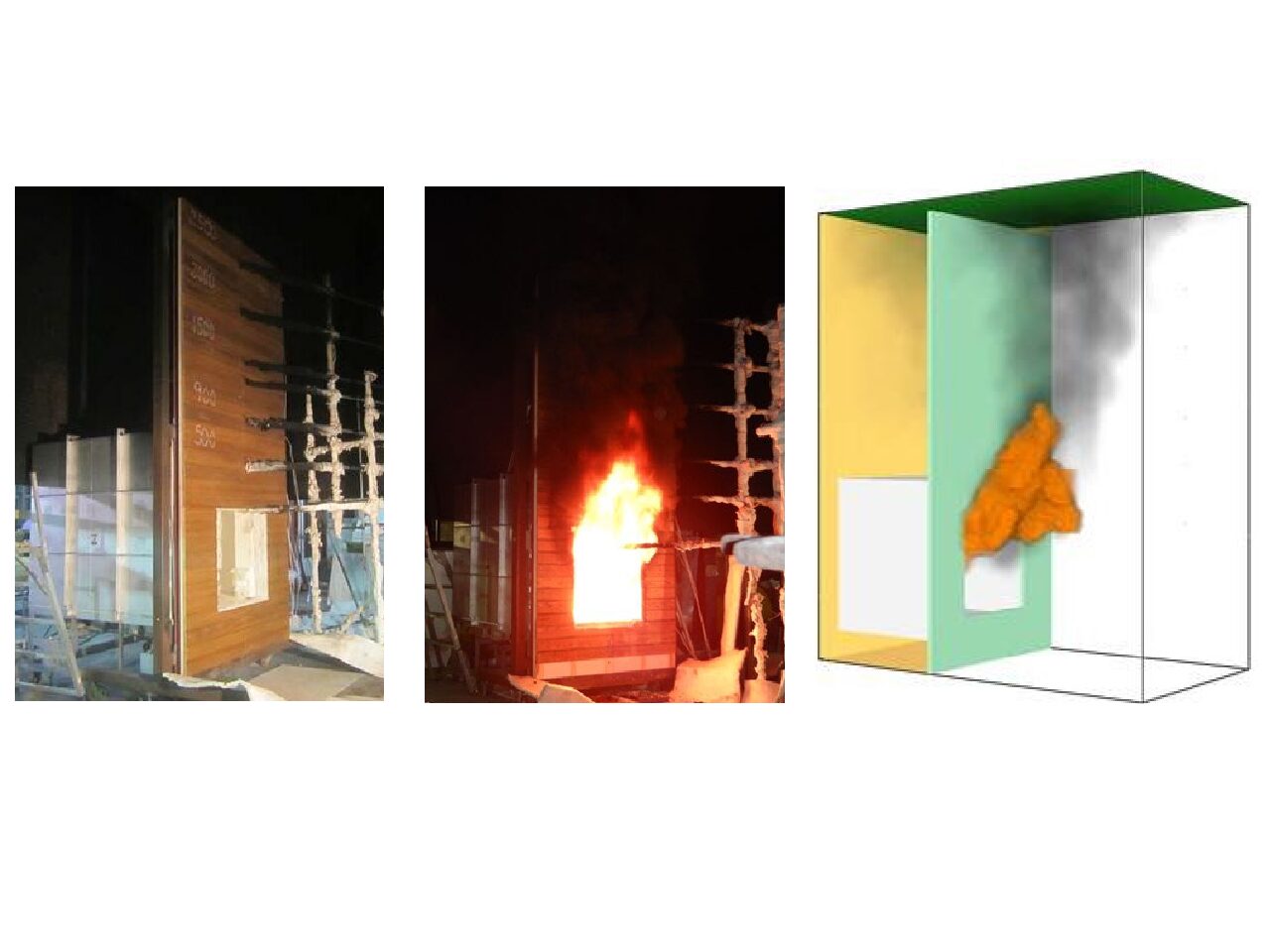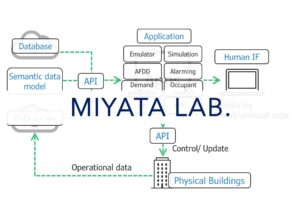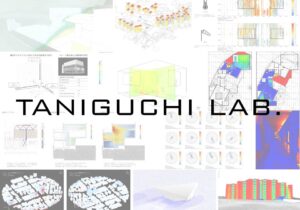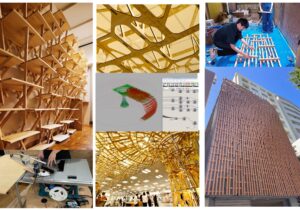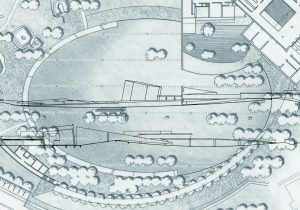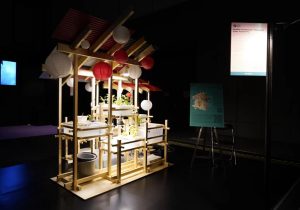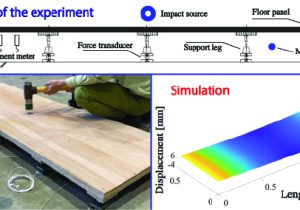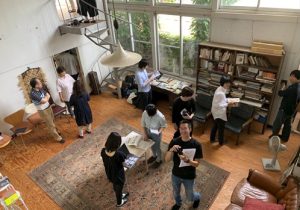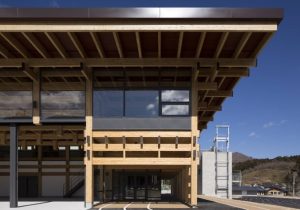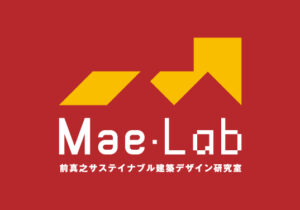鋼構造研究室 (山田&伊山) Steel Structure Laboratory (Yamada & Iyama)
より信頼できる鋼構造の構築へ
本研究室では、鋼構造を主な対象として、構造材料と使われている鋼材の性能から、部材及び接合部の性能、建物全体の性能の評価まで幅広い研究を行っています。方法としては実験(振動台実験、静的載荷実験など)と解析(FEM、数値モデリングなど)双方のアプローチで行います。
現行の耐震設計では、激しい地震が起きても建物が倒壊しないことを目指しています。この設計方針は、人命を守ることを目的としていますが、地震直後の人々の生活については考慮されていません。地震による建物の被害が大きいと居住が困難になり、避難を余儀なくされます。また、建物が倒壊していない場合でも、損傷度合が大きく修理が不可能となり、取り壊されることもあります。そのため、大地震直後にも継続使用が可能な耐震性の高い鋼構造物の実現を目指します。
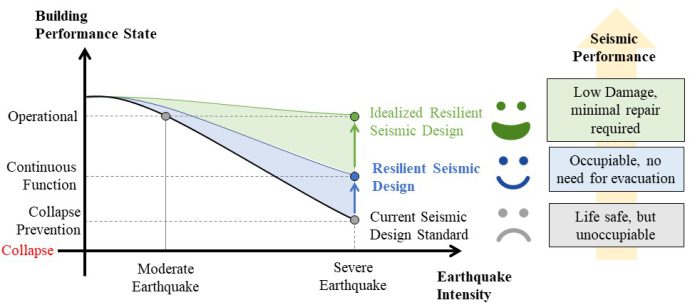
本研究室では耐震、制震、免震の3つの地震損傷制御技術について、設計手法の開発と改良の研究を行っています。
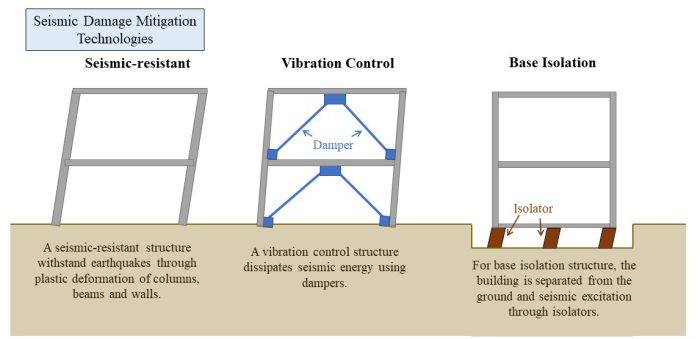
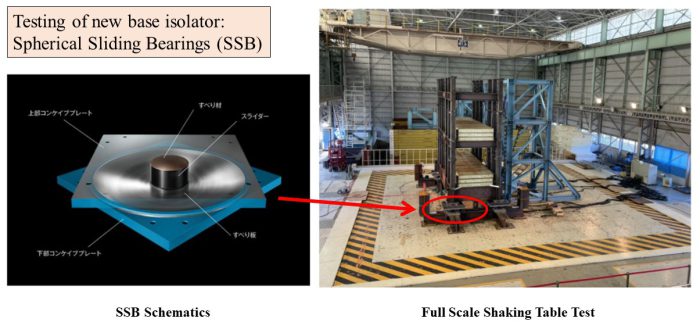
本研究室では、新しい損傷制御技術の開発だけでなく、現行の耐震設計についても見直し、適切な修正案を提案することも目的としています。
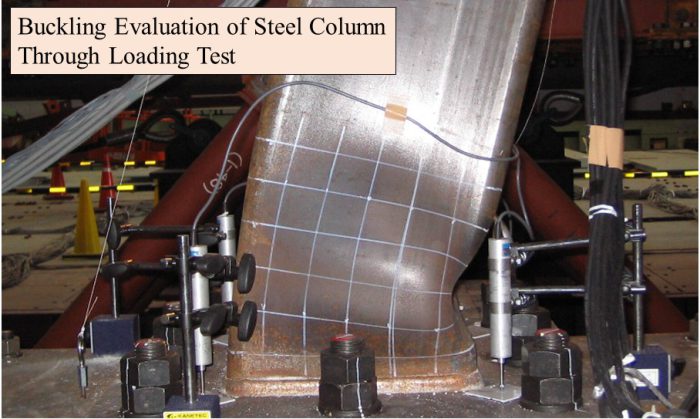
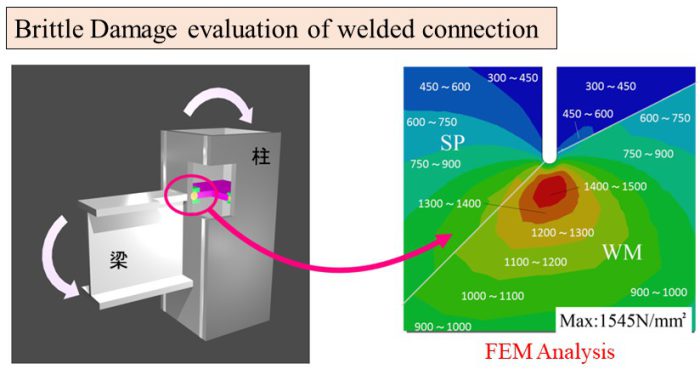
地震直後における建物の機能維持においては、構造的な安全性の確保だけでなく、居住者の安心感も重要です。本研究室では、構造ヘルスモニタリングに関する研究を行っています。
1) 地震後の建物状態の監視及び居住者への情報伝達
2) 地震により損傷した可能性のある構造部材の特定
3) 地震後の建物余寿命の推定

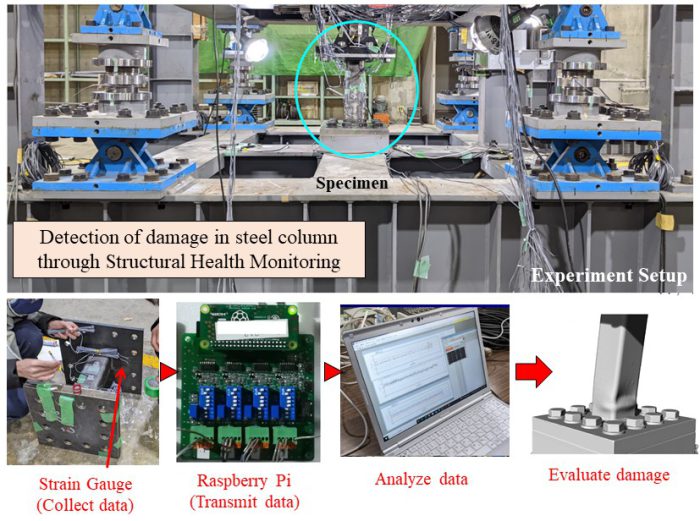
Building a more resilient steel structure
Our laboratory focuses mainly on steel structure, with research ranging from investigating the property of steel as building material to evaluating the performance of steel members and connections within steel frames, as well as assessing the seismic behavior of steel structures as a whole. Our research is conducted through both experimental work (shaking table test, static loading test, etc.) and analytical work (FEM, numerical modelling, etc.).
Current seismic design stipulates buildings must not collapse under severe earthquake. While this design philosophy aims to protect human lives, it fails to consider the livelihood of people right after the earthquakes. Damage to buildings after the earthquake may be significant enough that those buildings may no longer be safe to be occupied, thus making evacuation necessary. Moreover, the damage sustained by the buildings is often costly to repair so the structures may be demolished instead, even though the risk of collapse is minimal. Therefore, we aim to realize more resilient steel buildings that can be continuously used even after a severe earthquake.

Our research focus on both the development of novel design as well as improvement to the three main seismic damage mitigation technologies, namely seismic-resistant, vibration control, and seismic isolation.


In addition to developing new mitigation technology, our laboratory also aims to identify issues within the current practice of conventional seismic design and propose appropriate amendment.


Seismic resilience is not solely about providing structural safety to buildings, but also peace of mind for the residents. Therefore, our laboratory conduct research regarding structural health monitoring, which aims to:
1) Monitor the condition of a building after an earthquake and relay the information to residents
2) Identify the potentially damaged structural members due to a seismic excitation
3) Estimate the remaining service life of a building after an earthquake


For more detail: Steel Structure Laboratory
Principal Investigator: Satoshi Yamada Jun Iyama
